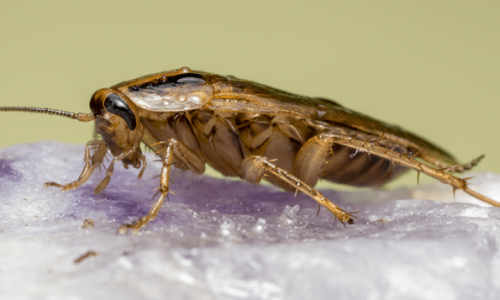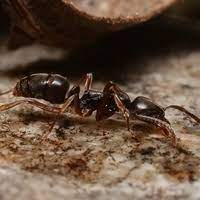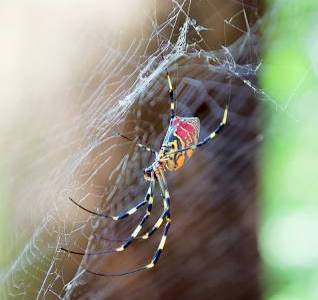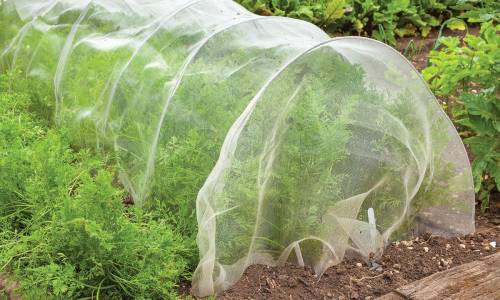Truly Blog
Cockroaches prefer low-sugar diets
Cockroaches prefer low sugar diets Cockroaches are evolving to prefer low-sugar diets. This is a remarkable adaptation that allows them to avoid the traps and baits that humans use to control them. However, this also poses a challenge for
Using Essential Oils to Comat Household Pest
Essential Oils for Pest Control Using Essential Oils to Combat Household Pests: An All-Natural Approach to Pest Control Welcome to the world of essential oils! Essential oils have been used for centuries and have been proven to help with a
Deadly Ants In The United States
Asian Needle Ant: A Growing Threat to Biodiversity and Human Health The Asian needle ant is a type of ant that comes from Asia, but has also been found in some parts of the United States. It is an invasive
Invasive Spiders Spread Across US
Invasive Spiders invade US The New Invasive Species on the Block If you live on the US east coast, you may have noticed some new visitors in your backyard: Joro spiders, a large and colorful species of orb-weaver spider native
How to Control Pests in an Organic Garden
Control Pests in an Organic Garden Pests are one of the biggest challenges for organic gardeners, as they can damage or destroy crops without using synthetic chemicals. However, there are many effective ways to control pests in an organic garden,




